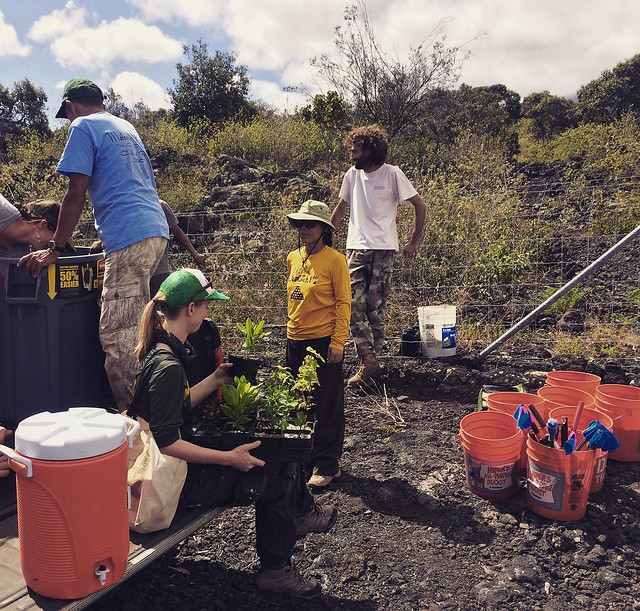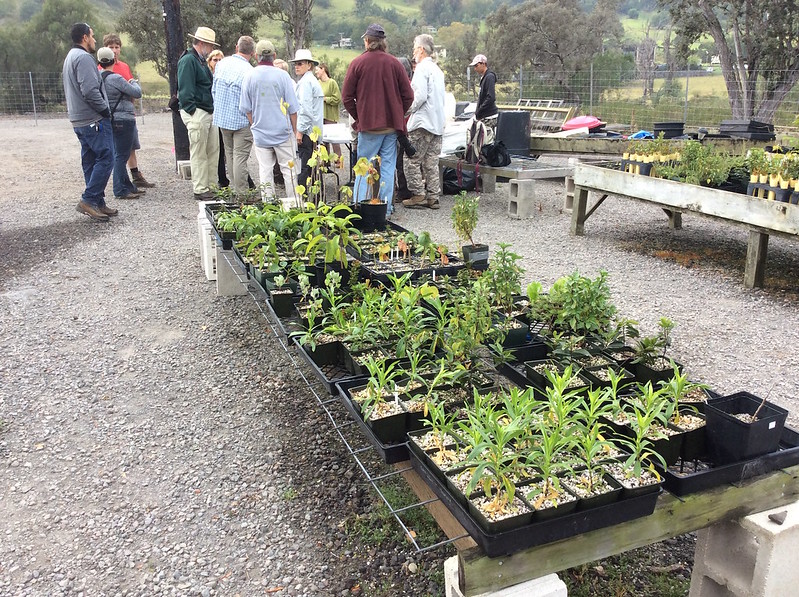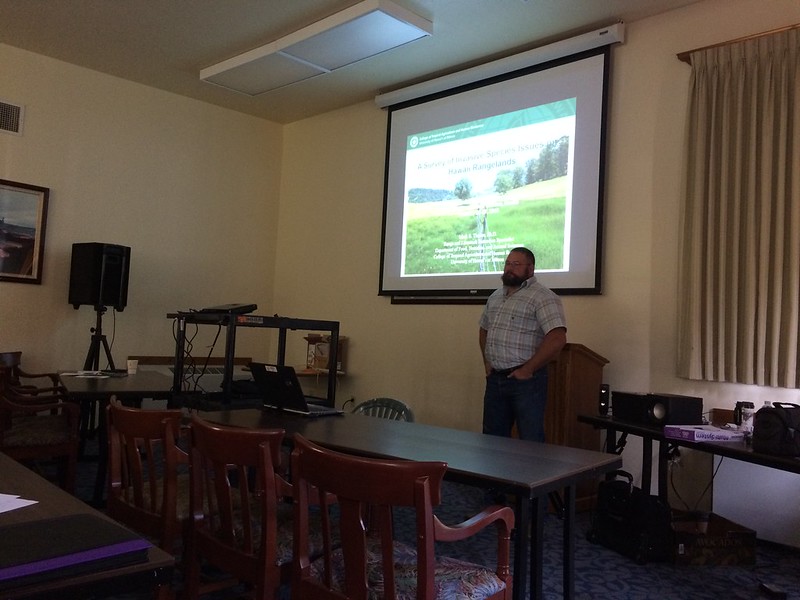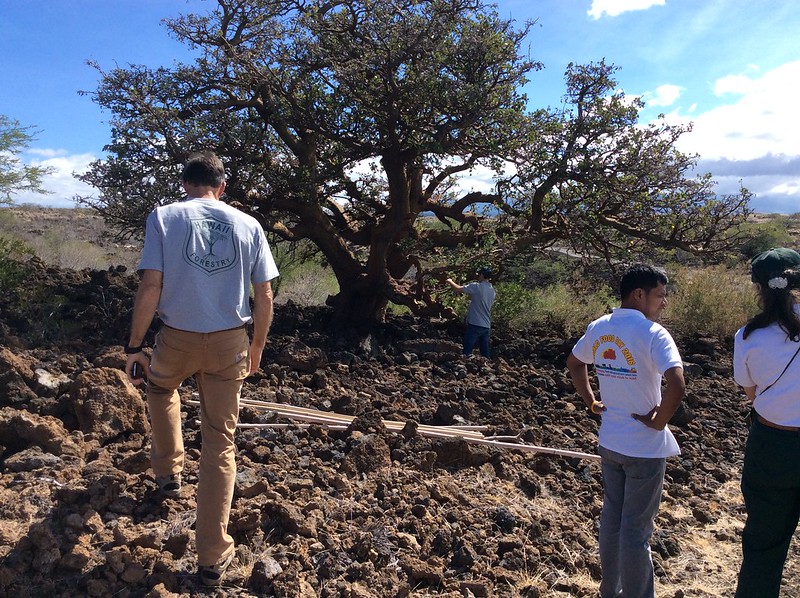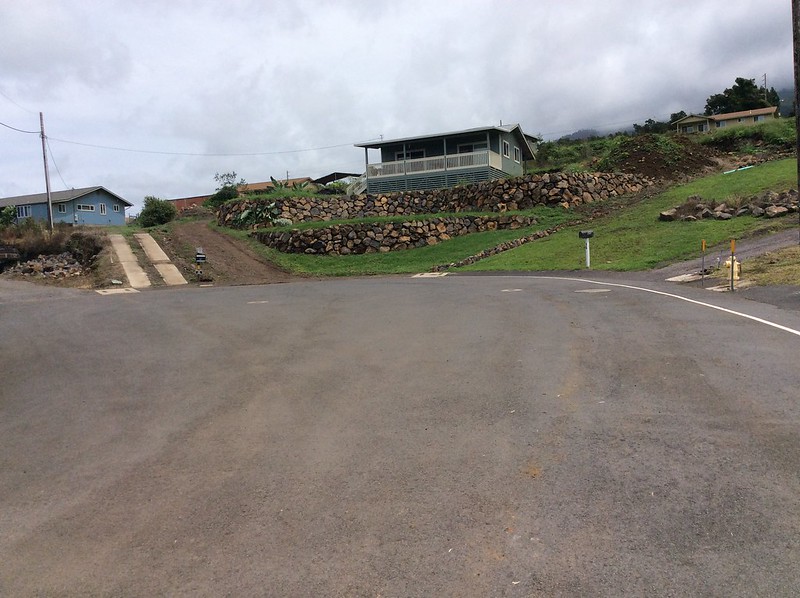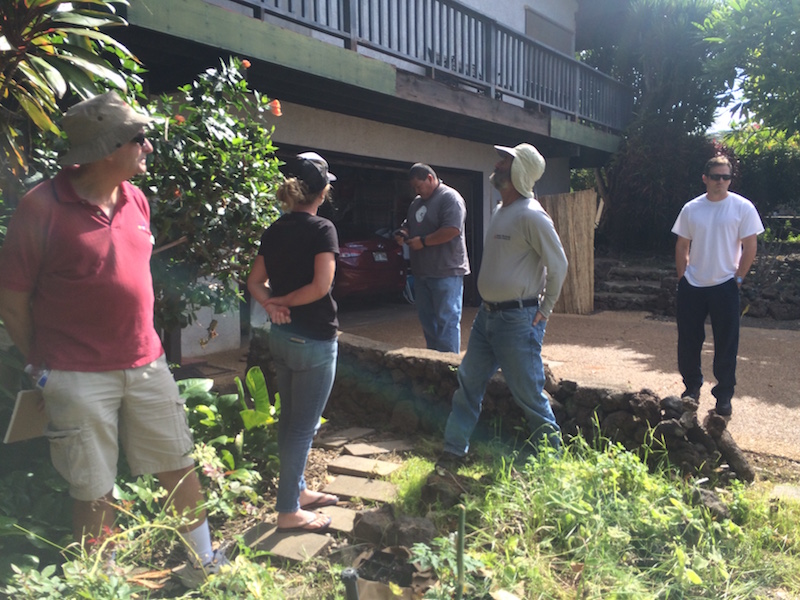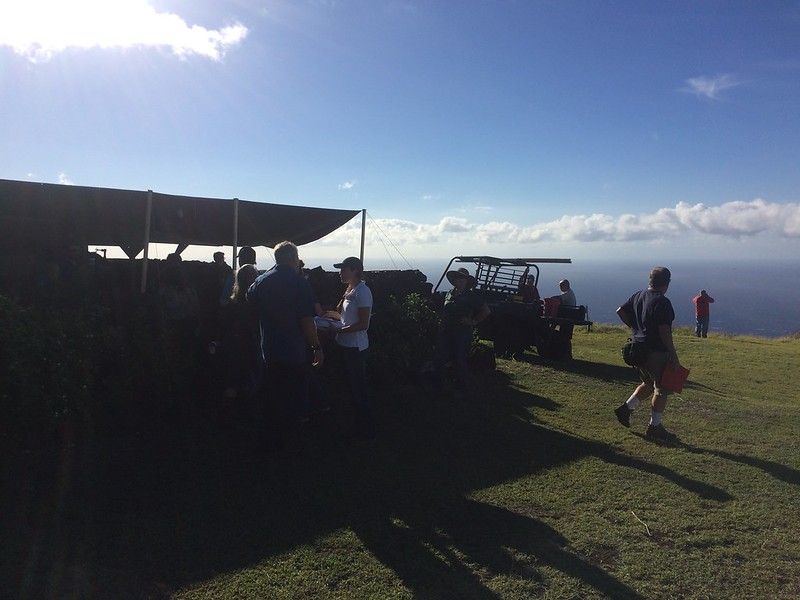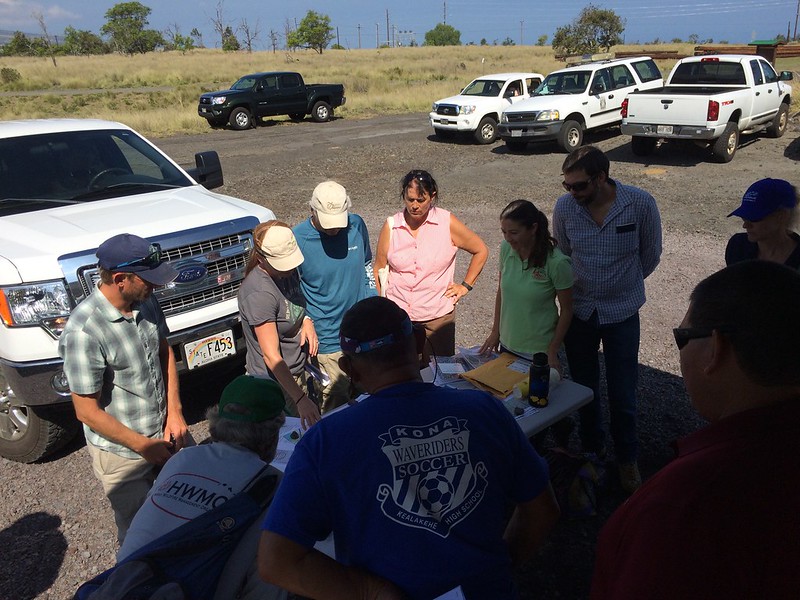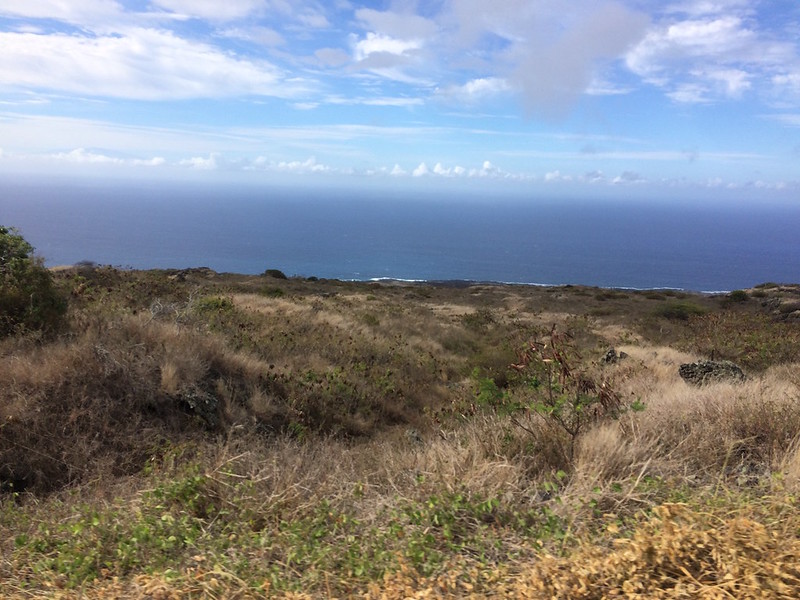Ocean Warriors Wildfire Lessons and Activities at Spencer Beach
Ocean Warriors learning about Rapid ʻOhia Death and how they can prevent the spread.
Learning the fire cycle is key to understanding the bigger picture of how wildfire changes our landscapes. When a wildfire burns a native forest in Hawaiʻi, the forest does not fully recover. Instead, invasive grasses, shrubs, and trees take over and crowd out native species. These invasive plants tend to be wildfire hazards and actually encourage fire to help them reproduce. The next human-caused fire will burn these plants and burn further into the forest. And thus, the cycle continues.
Ocean Warrior scanning area for clues to previous fires, including charred tree stumps.
HWMO demonstrated this concept through a fun, interactive game with the Malama Kai Ocean Warriors program run by HWMO’s very own Elizabeth Pickett. The youth stewardship program linked with us on June 13 as a group of middle schoolers from Kohala met with us at Spencer Beach in Kawaihae. By playing a game of “fire tag,” similar to “red rover,” the students acted out how the fire cycle impacts our natural resources. After playing the game, we took the students on a short walk along the Ala Kahakai Trail towards Mauʻumae Beach. This stretch of trail had burned numerous times in recent years, with less and less native plants to burn each time. We encouraged the students to look for clues that indicate that fires had burned the coastline. In the end, the students were able to look at a familiar area with a different set of lenses, or what we like to call “fire goggles.”






